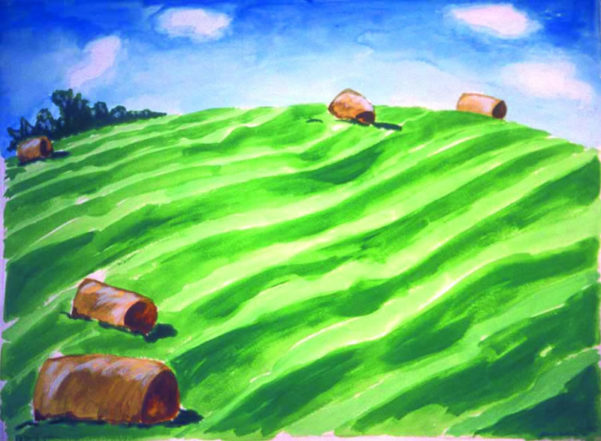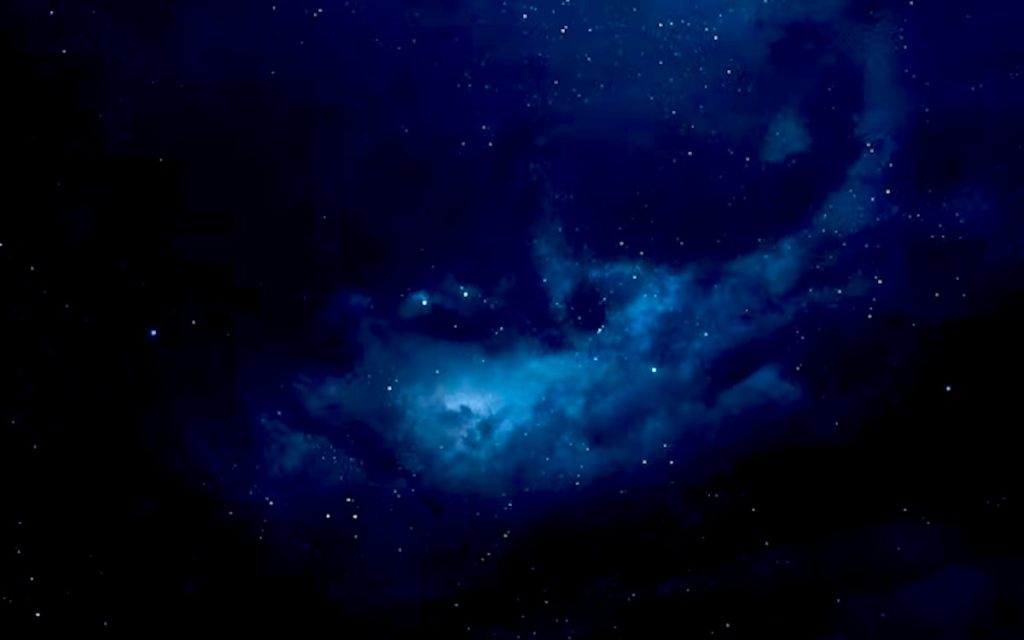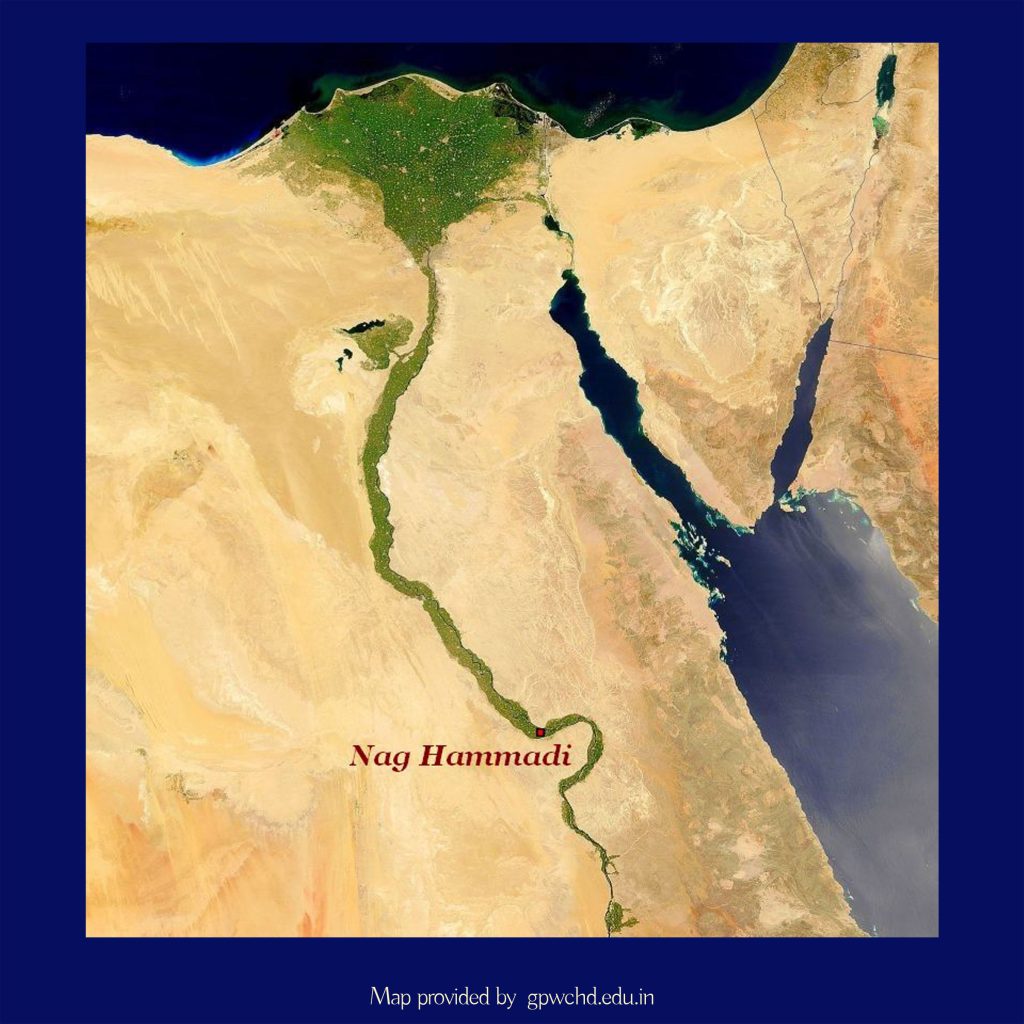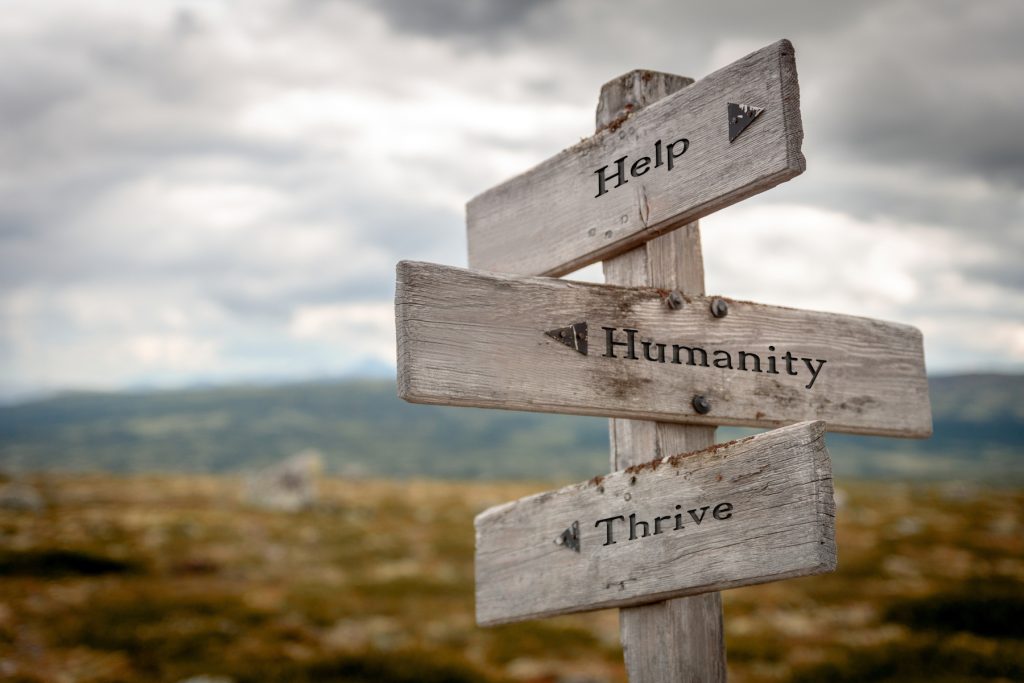
In 1979, my second son arrived, and he was a pistol. Unlike his older brother, Joshua, who was more than content to eat, sleep and entertain himself( so that his mother had time to paint!), James was not at all interested in eating, sleeping and wanted to be entertained. I tried my best to get him on a schedule so that I might squeak in some painting time, but he would not cooperate. It took quite some months before I realized how completely different he was from his brother, and I eventually found a rhythm that worked. James wanted, and apparently needed, to eat every 2 hours. He would only nap during the day to background noise such as music, the TV or even the vacuum cleaner. If I did manage some time to paint, he was not content to sit in his playpen and watch. He had to be right there next to me participating. He was also a night owl so I was only able to paint in the evenings if his father was willing to entertain him.
Over the course of the next ten years, I continued to paint the beauty that captured me in my immediate environment. I painted flowers in vases, flowers in the garden, setting suns and whimsical beach scenes.




I stayed with works on paper for the sake of ease, my love for working with the fluidity of water and my lack of time and patience. It was the spontaneity of colorful expression that compelled me. I wanted to capture the moment right then and there, as opposed to a long journey with oil paint. During these years, I made a switch in media from watercolors to acrylics. Acrylics gave me a bolder use of color. I could thin the colors to behave like watercolor washes, or use thicker washes to really pop the color. My technique for using acrylics on paper was uncommon. To this day, the average viewer is surprised that my works on paper are acrylics, not watercolors.
We are taught in art school to develop a unique painting style that will define us as an artist. It was clear to me that I was a colorist, but I was not always clear as to the consistency of my painting style that I wanted my colors to express. I recognized that I could not force my style into existence, and any attempt to birth it with my mind was futile. I often experienced some deep anxiety over not being certain of my style, and what I wanted my brush to say. This anxiety was exacerbated by gallery owners, who upon viewing my work, always wanted to know which paintings represented my true style. I never really had an answer for them, and not the one they wanted to hear. I was silently holding a twinge of resentment that my painting style should be of such importance. I believed my life as a painter was a journey, and that my work was still evolving…and maybe always would. My artistic expressions were the reflections of my own inner evolution and growth. How was I to put a halt on that? I feared being hemmed in or pressured to define a permanent painting style.
I finally made some peace with my own artist path after reading The Art Spirit by Robert Henri. It was the following passage that grabbed me and never let me go.
“ART is the inevitable consequence of growth and is the manifestation of the principles of its origin. The work of art is a result; is the output of a progress in development, and stands as a record and marks the degree of development. It is not an end in itself, but the work indicates the course taken and the progress made. The work is not a finality. It promises more, and from it projection can be made. It is the impress of those who live in full play of their faculties. The individual passes, living her life, and the things she touches receive her kind of impress, and afterwards bear the trace of her passing. They give evidence of the quality of her growth. The impress is made sometimes in material form, as in sculpture or painting, and sometimes in ways more fluid, dispersed, but nonetheless permanent and nonetheless revealing of the principles of growth.
Art appears in many forms. To some degree every human being is an artist, dependent on the quality of their growth. Art need not be intended. It comes inevitably as the tree from the root, the branch from the trunk, the blossom from the twig. None of these forget the present in looking backward or forward. They are occupied wholly with the fulfillment of their own existence. The branch does not boast of the relation it bears to its great ancestor the trunk, and does not claim attention to itself for this honor, nor does it call your attention to the magnificent red apple it is about to bear. Because it is engaged in the full play of its own existence, because it is full in its own growth, its fruit is inevitable.”
I began to understand more deeply that my paintings were the outer expression of my inner growth. Because growth is not static, but ever changing, it made sense to me that my paintings would constantly evolve as I evolved. This would continue to be a dilemma for me and the galleries who wanted their artists to keep cranking out a style that sells. It is a crossroad every artist must encounter: to be true to one’s self and the evolution of themselves and their work, or to be true to the galleries and their desire for the perfected style. I chose, for the time being, to be true to myself.
Art is all about seeing. This becomes so evident when a group of artists all paint the same exact subject, yet not one painting resembles another. The quality of art we create is inherent in our ability to really “see” what is before us. Robert Henri was noted for saying, “It is harder to see than it is to express.” I set out on a mission to truly see what was in front of me, to see what was ordinary, extraordinary and even beyond the obvious. As the power and quality of my seeing grew and changed, so did my painting.
I especially recall one moment in the summer of 1984. I was coming up the road to my old farmhouse in Virginia, when I saw a scene in the backyard that just stopped me in my tracks. I had bought my boys an old seesaw, and we had painted it a bright red. There was this this brilliant, red seesaw surrounded in a sea of green shades, the summer breeze swaying in the background bushes highlighting accents of blue violet blooms and the late afternoon light casting deep shadows. I had driven up this old dirt road every day, yet I had never “seen” this before like I was now. It jumped out at me like a big whale out of the water. This ordinary scene suddenly became extraordinary. I could only attribute it to some shift in my “seeing” since this scene had been there all along. Within hours I had captured it on paper in living color.

I would guess in every artist’s life, there are moments such as these that change everything. I began to see differently and more deeply into everything before me. I abandoned my concern for style. If what I saw before me were big, bold shapes of color, that is what I painted.

If my seeing took me to the play of light and more delicate detail, that is what I painted.

For the most part, my paintings during the 1990’s began to express a finer attention to detail.

Yet, there was still the occasional painting where big, bold, simple expressions of color ruled.

As I moved deeper into the 1990’s, I would find my paintings becoming more complex and detailed. I have often wondered if this was influenced by life itself becoming more complex, and the ever increasing need to tend to more details in daily life. My husband and I had divorced, though thankfully it was relatively amicable as far as divorces go. But my life as a single mother became more busy and stressful. If it was so that my paintings were the outer expression of my inner growth, then my growth was definitely becoming more deep and complex. I was losing my innocence.






